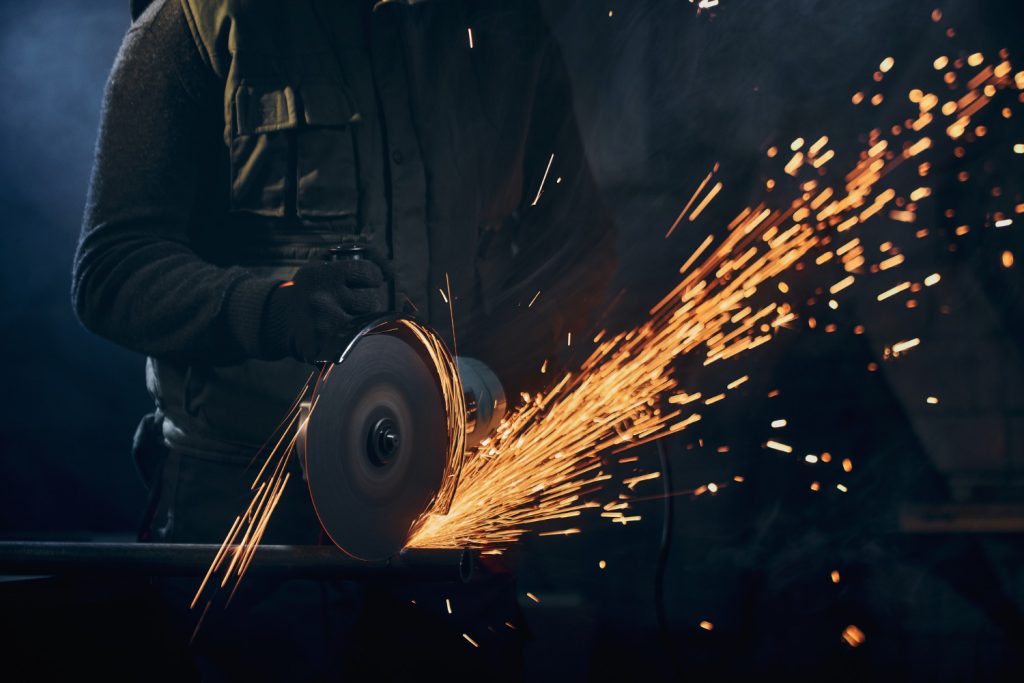With the constant development of technology, newer materials and applications are discovered day by day. Therefore, it should come as no surprise that constructions cannot only depend on concrete and sand. New techniques and materials are needed, like the contemporary and robust stainless steel. Thankfully, steel sheets can be bent into a wide range of shapes to satisfy the requirements of many applications, such as stainless steel angles.
The product
Building applications like frames, brackets, edging trims, and basic fabrication work require stainless steel angles. They are often referred to as L forms, equal or unequal angles. As a main characteristic, stainless steel has an excellent resistance to corrosion. This factor makes it ideal for sanitary applications like those in restaurants, labs, and hospitals. For the majority of engineering requirements, there is a wide variety of stainless-steel angles in the market, available in various dimensions and grades depending on the project to be realised. They are typically applied elsewhere when increasing the stiffness of the structure is crucial. Stainless steel angles can either be hot-rolled and laser welded, that’s why they can be employed for different aims and uses. With a full penetration weld, it is possible to generate angles with thicknesses ranging from 3/16″ to 1.5″. Additionally, different levels of profile sizes range from 1″ to 20″.
How stainless-steel angles are produced
There are several varieties of angle bars in stainless steel and they have different characteristics depending on technology applied for the production and the manufacturing.
Hot rolling
This is an economic manufacturing technique for stainless steel angles. Hot rolling L-profiles does not require an expensive procedure and it’s not that difficult. With this technique applied it is possible to have a product with less requirements for tolerances and rounded angles. Moreover, inner radii may be up to twice the thickness of the metal.
Laser welding
The yearly global consumption of angle bars larger than 150 mm is so minimal that it falls short of the required amount for hot rolling. The preferable option will thus be stainless steel angles that have been laser welded. Two stainless steel plain bars are welded together to create the typical shape: the L-profile. The end product features precise tolerances, a minor inner welding seam that is no more than two mm, and sharp edges.
Applications and benefits of stainless-steel angles
Stainless steel angle items are employed in multiple applications across a wide range of industries. Among them we find: architecture, oil & gas, chemistry, construction, food processing, but also for manufacturing, walkways, farming equipment, safety cages and many more. Products made using stainless steel angles have a wide range of immediate advantages. These particular properties contribute to giving the consumer an item that is very beneficial for the use to which it is put. Some of the other benefits of stainless-steel angles are as follows: non-magnetic, corrosion resistance, valuable strength-to-weight ratio, resistance to damages, easily machined.

